The U.S. Consumer Price Index (CPI) is expected to rise by 2.5% year-on-year in May, a stronger pace compared to the 2.3% recorded in April. Core inflation, which excludes volatile food and energy prices, is also projected to increase to 2.9% annually. These forecasts suggest growing inflationary pressures that could influence the Federal Reserve’s monetary policy direction and lead to volatility in the value of the U.S. dollar.
Markets are closely watching the May inflation data, which will be released by the U.S. Bureau of Labor Statistics on Wednesday at 12:30 GMT. The report is anticipated to have an immediate impact on dollar movements, especially if the figures deviate from expectations. Investors are particularly focused on whether President Donald Trump’s new tariff policy is beginning to push up prices, potentially prompting the Fed to reconsider its outlook on rate cuts.
On a monthly basis, both the headline CPI and core CPI are expected to rise by 0.2% and 0.3%, respectively. In this context, economists have noted that core inflation likely remained stable in May, with a monthly increase of around 0.23%. They highlighted that continued weakness in travel-related services helped limit overall price gains, although early signs of tariff pass-through are emerging. Additionally, the deceleration in headline inflation is partly attributed to falling gasoline prices, with expectations that headline and core inflation will settle at 2.4% and 2.9%, respectively.
These data hold particular importance due to their potential impact on the future trajectory of U.S. interest rates and, consequently, the dollar’s performance against major currencies especially the euro. At its May meeting, the Federal Reserve kept the federal funds rate unchanged within the 4.25%–4.50% range. Since then, several Fed officials have expressed a willingness to remain patient before considering any easing measures, unless labor market conditions deteriorate. In this regard, one Fed Governor stated that there are “upside risks to inflation and downside risks to employment and growth,” while the Chicago Fed President emphasized the need to wait and assess the inflationary impact of tariffs before making policy decisions.
Recent employment data have reinforced this cautious stance. Nonfarm payrolls rose by 139,000 in May, exceeding expectations of 130,000. As a result, the probability of a 25 basis point rate cut by the Fed in July has dropped to below 20%, down from 30% earlier in the week reflecting the market’s confidence in labor market strength and reducing expectations of an imminent rate cut.
If the monthly core inflation reading comes in higher than expected, this could provide immediate support for the U.S. dollar and increase pressure on the EUR/USD pair, reinforcing the view that the Fed might opt for just one rate cut this year. On the other hand, a reading below 0.2% could ease concerns about persistently high inflation in the second half of the year especially amid the tariff environment potentially weakening the dollar and supporting the euro.
Stay informed about global markets through our previous analyses. and Now, you can also benefit from LDN company services via the LDN Global Markets trading platform.







